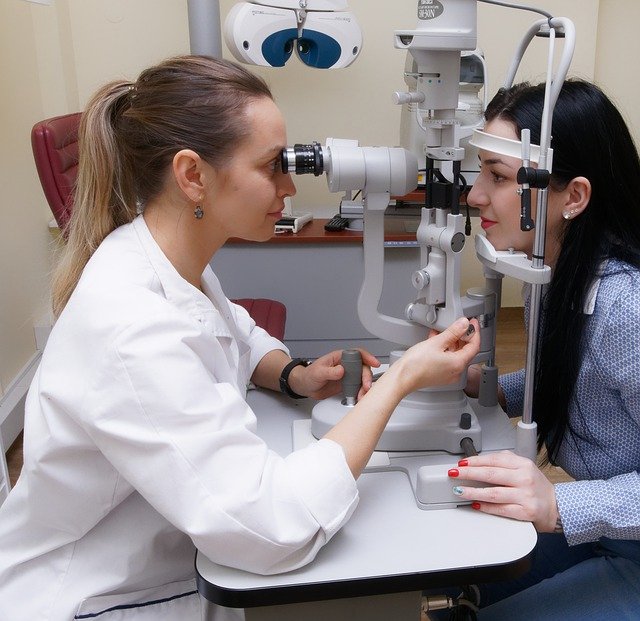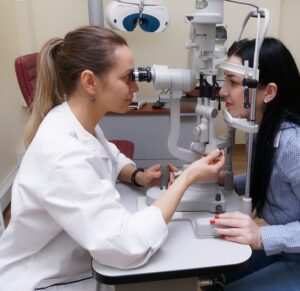Looming job action by Ontario optometrists may leave patients in the dark
Time is running out for eye care patients in Ontario. As of September 1, most of Ontario’s optometrists will stop providing services to seniors, adults and children covered by OHIP.
In March, an overwhelming 96% of Ontario optometrists voted to withdraw eye care services to patients covered under the Provincial health care plan. The action by the Ontario Association of Optometrists (OAO) stems from more than three decades of underfunding by the Ontario government.
Currently, the government covers an average of 55% of the cost for an OHIP-insured eye exam. That would mean the remaining 45% is shouldered by the provider. Dr. Sheldon Salaba, president of the OAO told the Corriere Canadese (CC), “with skyrocketing operating costs, the system is no longer sustainable”.
The OAO has petitioned to enter a formal negotiating process with the provincial government. But, unlike other health care providers under OHIP, there is no system in place for optometrists in Ontario to formally address issues like chronic underfunding. The OAO is also asking for a funding solution that covers at least the operating costs to deliver eye exams.
The CC asked the Ministry of Health (MOH) what measures have been taken to address the issues with the OAO. A spokesperson from the MOH relied, “the Ministry of Health continues to be in discussions with the Ontario Association of Optometrists on the provision of OHIP insured optometry services.”
According to Salaba, the statement is “misleading”, adding there have been no communications with the province since December 2020. The OAO is looking to work with the province to come to a sustainable funding solution for optometry services.
For instance, in 1989, government funding covered about $39.15 per examination. Thirty-two years later, that funding has increased by only 14%, or about seventeen cents a year. The government now pays an average of $44.65 per eye exam.
Today, it costs an average of about $80 to cover operating expenses like, staff, equipment, supplies, etc., necessary to provide eye care services, explained Dr. Salaba. This does not include any compensation for optometrists providing the service.
On an annual basis, roughly 2,500 optometrists in Ontario provide over four million OHIP-insured routine eye exams. That means that as of September 1, any individual covered by OHIP, specifically those under the age of 20, seniors aged 65+ and adults in between with medical conditions affecting the eye may not be able to receive eye care services by optometrists. This could have a significant impact on overall patient health unless, the province and eye care providers come to some reasonable agreement within the next four weeks.
Furthermore, provincial legislation prevents eye care providers from privately billing patients for portions of the eye exam insured by OHIP. So, it is not an option for OHIP insured patients to pay out of pocket.
In the meantime, supporters for a sustainable eye care system have been reaching out to their local MPPs and elected officials to voice their concerns. The hope is that some sort agreement can be made before September 1 to avoid any disruption to patients who rely on eye care services.




